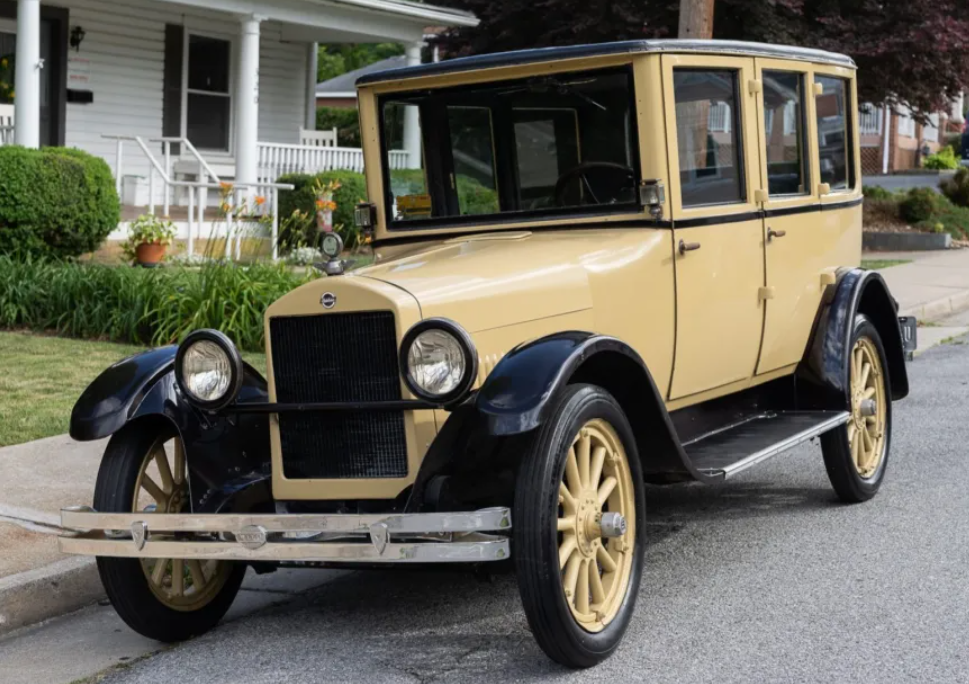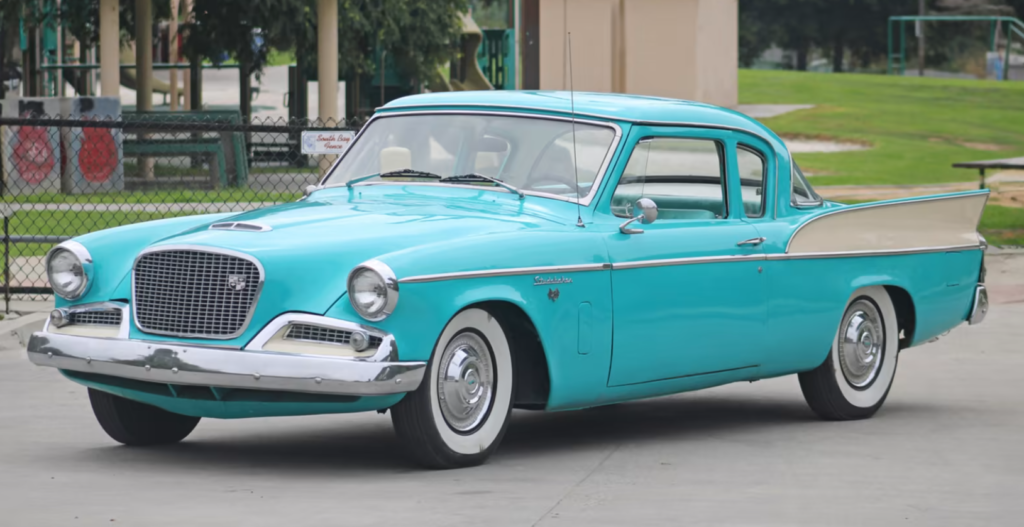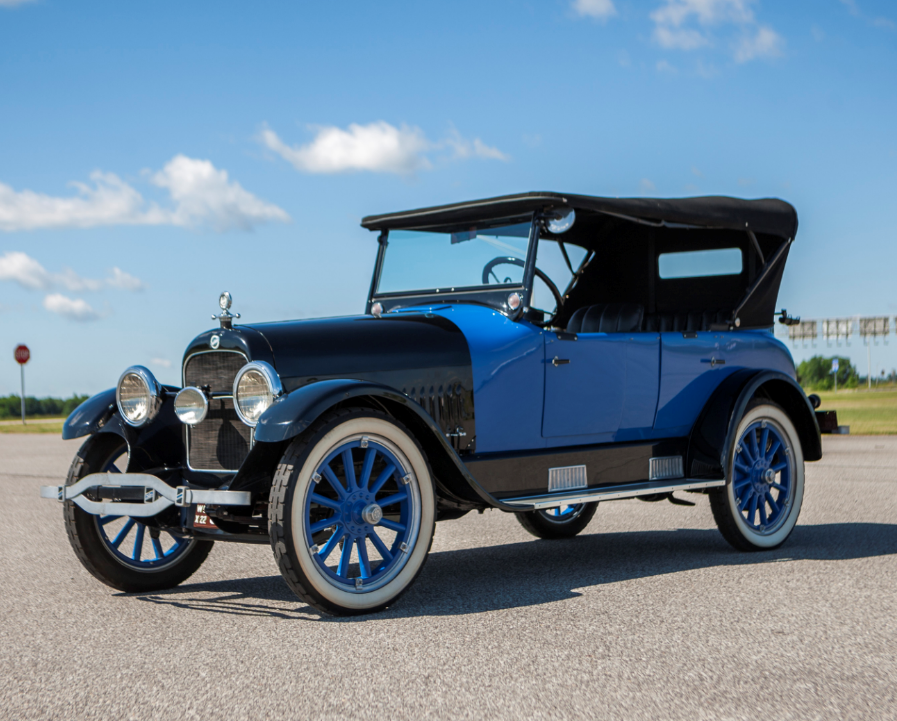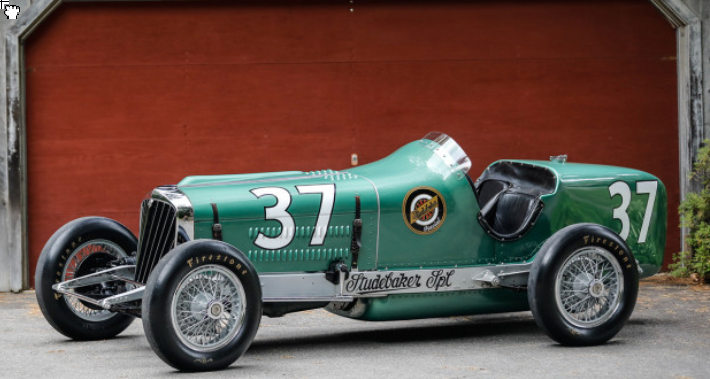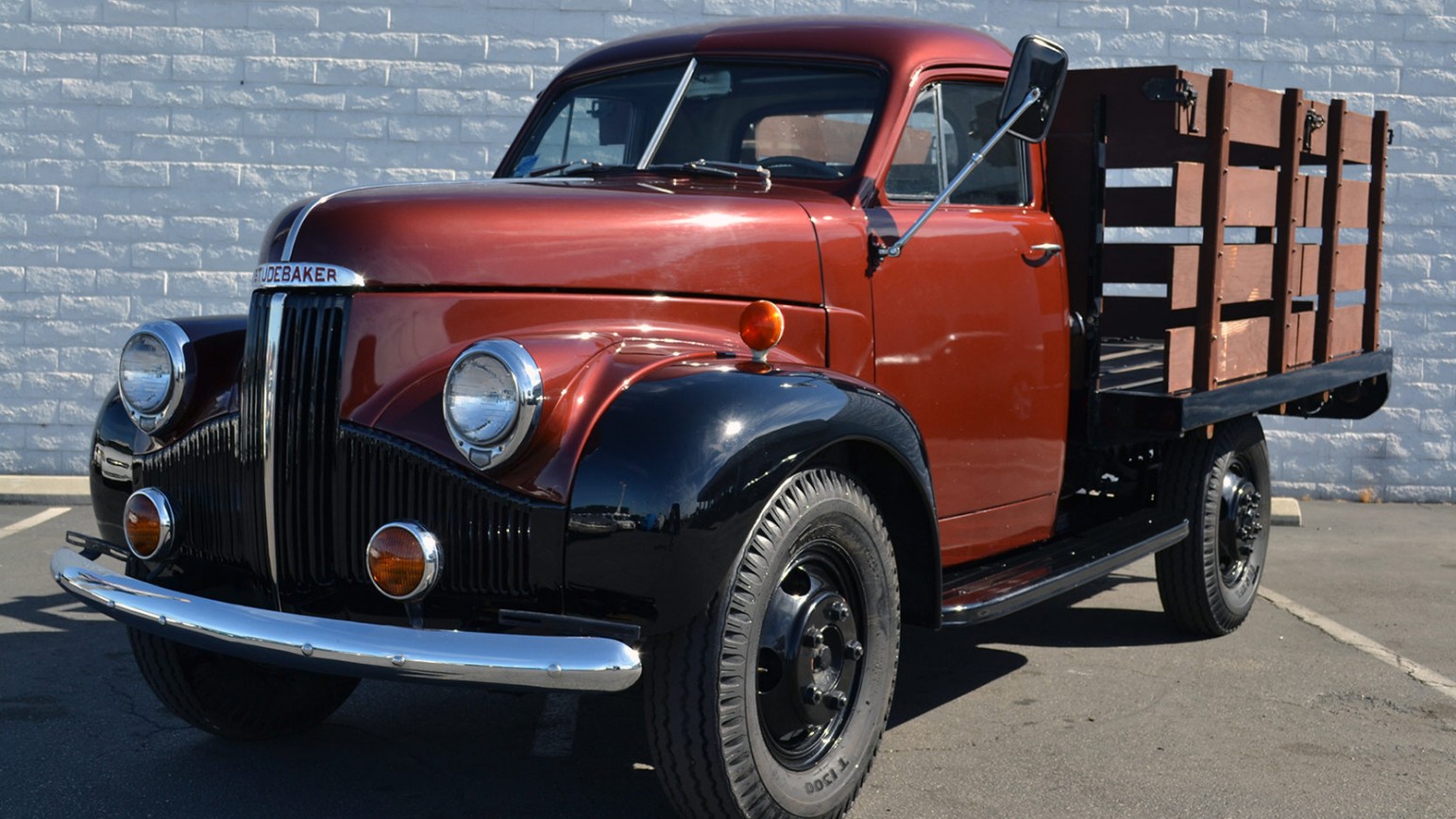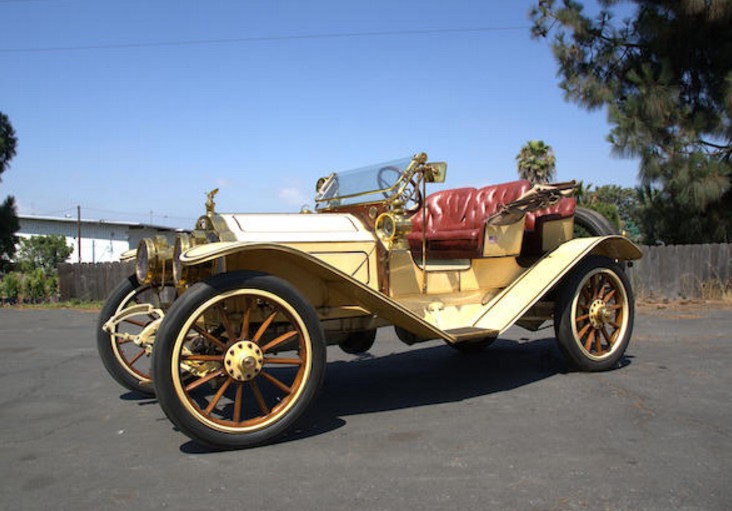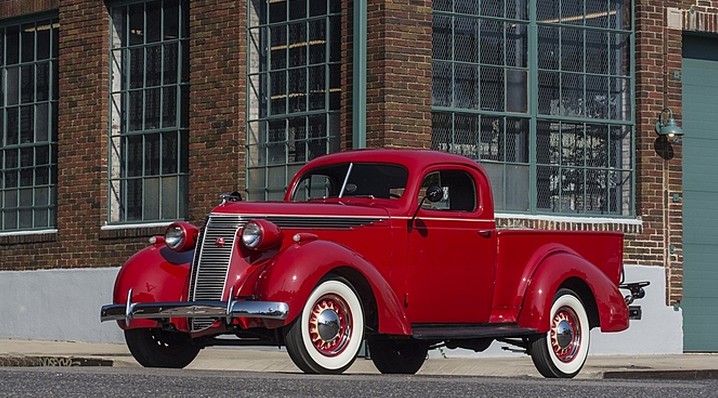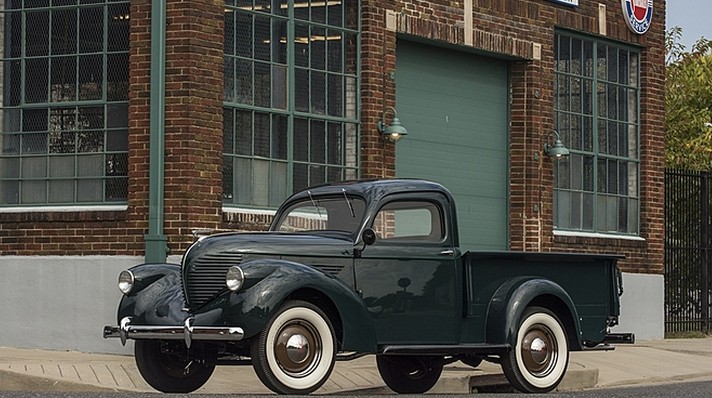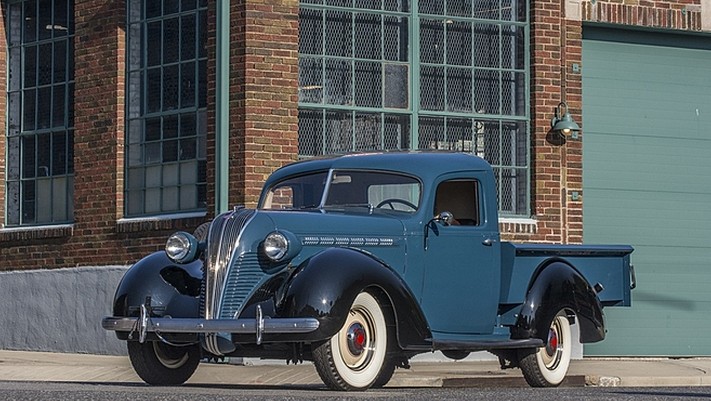1911 Stanley Model 63 Toy Tonneau
Offered by RM Sotheby’s | Hershey, Pennsylvania | October 8-9, 2015
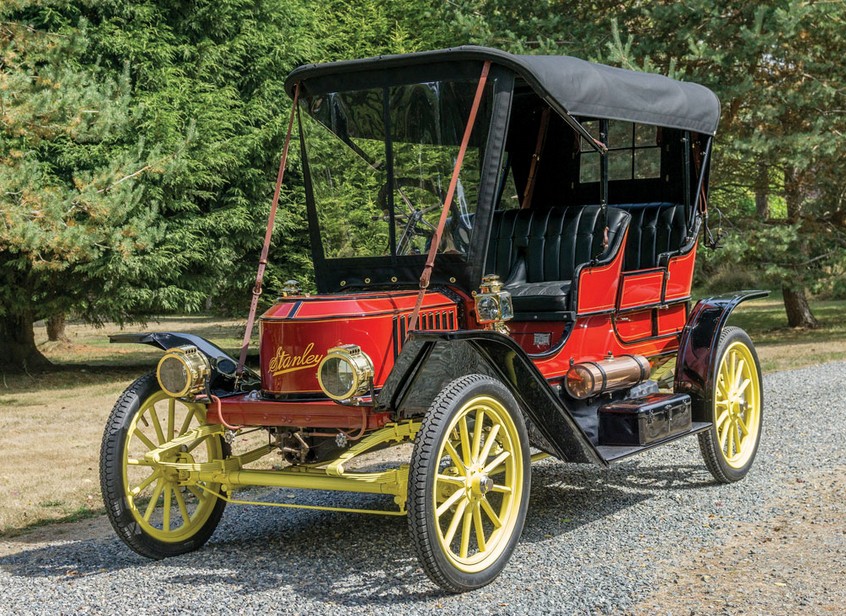
Photo – RM Sotheby’s
It’s everyone’s favorite steam car – the Stanley steamer. The company’s 1911 range was robust, with the Model 63 being one of two 10 horsepower models offered. It was available only in this body style with seating for five.
It is powered by a two-cylinder steam engine making 10 horsepower. The 60-Series cars from Stanley were in production from 1910 through 1913. In all, 1,165 were built with 219 of those being the Toy Tonneau. Steam cars aren’t everyone’s thing as they take special dedication and know-how to operate. But those that love them really love them. This car sort of defines early steam motoring and it has been fully restored. Check out more info here.
Update: Sold $115,500.
1907 Procter Two-Passenger Runabout
Offered by RM Sotheby’s | Hershey, Pennsylvania | October 8-9, 2015
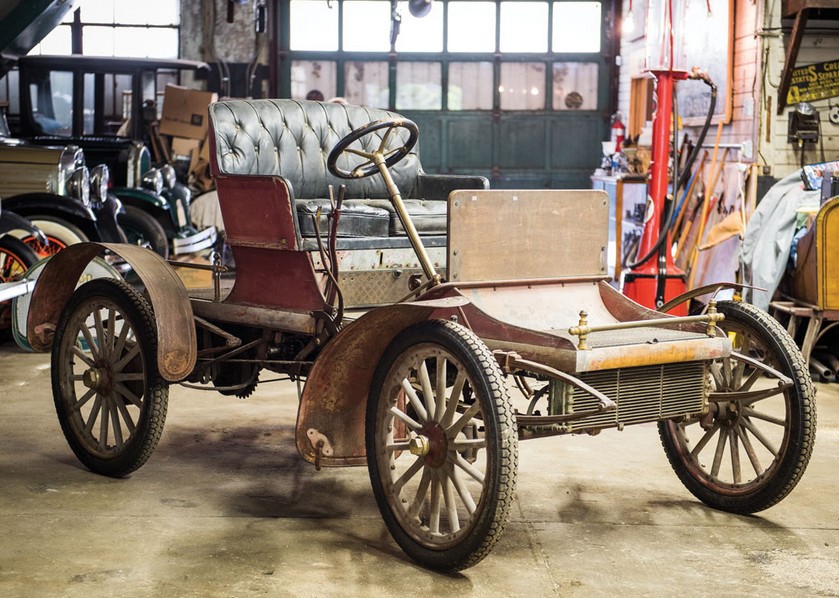
Photo – RM Sotheby’s
Procter is a marque that doesn’t appear in most automotive history books (and if it does it is often misspelled as “Proctor”). That’s because the company was more of a person than an actual company. And Albert Procter only built one car. This one.
Originally fitted with a single-cylinder engine, the car was later upgraded to use 1.6-liter twin-cylinder engine from a 1903/4 Ford Model A. It produces eight horsepower. Procter built the car for himself, instead of purchasing another man’s product. He only ever wanted to build one car. So that’s what he did.
Procter’s daughter sold the car before WWII and the engine was stripped out of it. But the car survived and passed between collections before finally being given a new engine. It’s not road-worthy as it is all-original, but it could be made to run. Click here for more information.
Update: Sold $18,700.
1914 Cadillac Four Speedster
Offered by RM Sotheby’s | Hershey, Pennsylvania | October 8-9, 2015
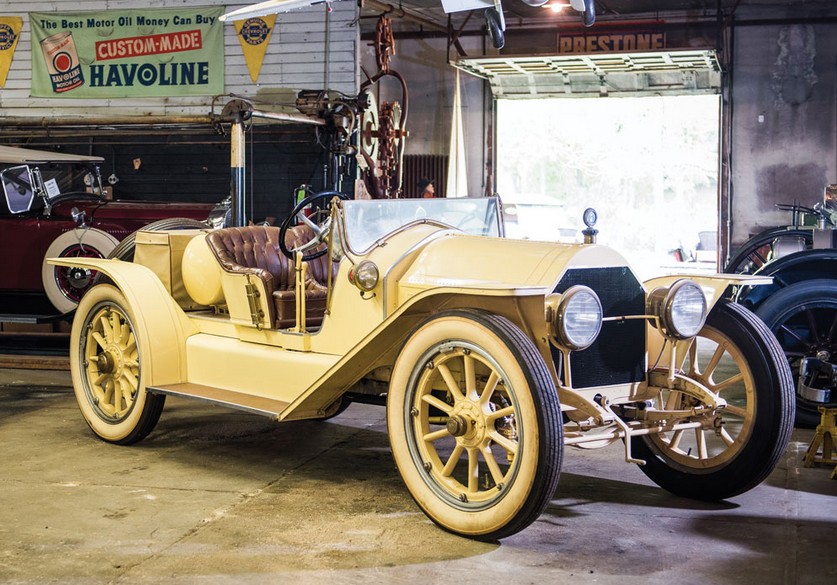
Photo – RM Sotheby’s
Cadillac offered only one model line in 1914 – the Four, so named because of it’s mighty 6.0-liter straight-four engine that pumped out 40/50 horsepower. The Four was offered in a variety of body styles (seven to be exact), none of which was a Speedster
This car was sold new in Jersey City, New Jersey and has known history back to 1979 when its then-owner fitted this racy two-passenger Speedster body on it. The car looks quite sporting and rather imposing. The body is described as “Mercer-style,” but if I were to hazard a guess I would say that if this car were bearing down on you, you would notice it is quite a bit larger than a comparable Mercer. It needs a quick mechanical freshening to go motoring but is otherwise excellent. Click here for more info.
Update: Sold $46,750.
1910 Cameron Model 24 Open-Back Runabout
Offered by RM Sotheby’s | Hershey, Pennsylvania | October 8-9, 2015

Photo – RM Sotheby’s
The Cameron was one of what has to be quite a limited number of automobile manufacturers to set up shop in Rhode Island. They operated there from 1902 through 1906 before moving to Massachusetts (before finally settling on Connecticut until they went out of business in 1920). The company was founded by the Everett and Forrest Cameron.
Early cars had twin-cylinder engines, but a large number of four-cylinder models would be offered – and even some sixes. This car is powered by a 2.9-liter straight-four making 24 horsepower. The Model 24 was only offered in this basic body style and only for one model year (which may have been 1911). This example is in great shape and is ready to go. Click here for more information.
Update: Sold $55,000.
1915 Studebaker Model SD-4 Touring
Offered by RM Sotheby’s | Hershey, Pennsylvania | October 8-9, 2015

Photo – RM Sotheby’s
Studebaker was one of America’s great companies. With roots back to the 1850s, the company adapted and lasted through 1967 when times just got too rough. But back in earlier, happier days, their products were sought-after by the masses. And that’s why I like this car so much. If you’ve ever seen footage shot in a big city, like New York, sometime around 1920, give or take, you may have noticed the abundance of automobiles swarming the streets. And they all look more or less the same from a distance. Quite a large number of them are probably Model T Fords. But then you have to realize that some of them are very rare cars today.
This Studebaker looks like it could’ve been used in an episode of Boardwalk Empire or something. It’s generic enough without being too generic. This was an everyday car. And that’s why it’s so interesting. The SD-4 was powered by a 3.2-liter straight-four making 30 horsepower. Studebaker’s four-cylinder model was renamed with every year, so the SD-4 was for 1915 only. It was available as a two-passenger Roadster or a this four-passenger Touring. You know this was somebody’s family sedan – 100 years ago. Think of the stories… and check out more here from RM.
Update: Sold $16,500.
